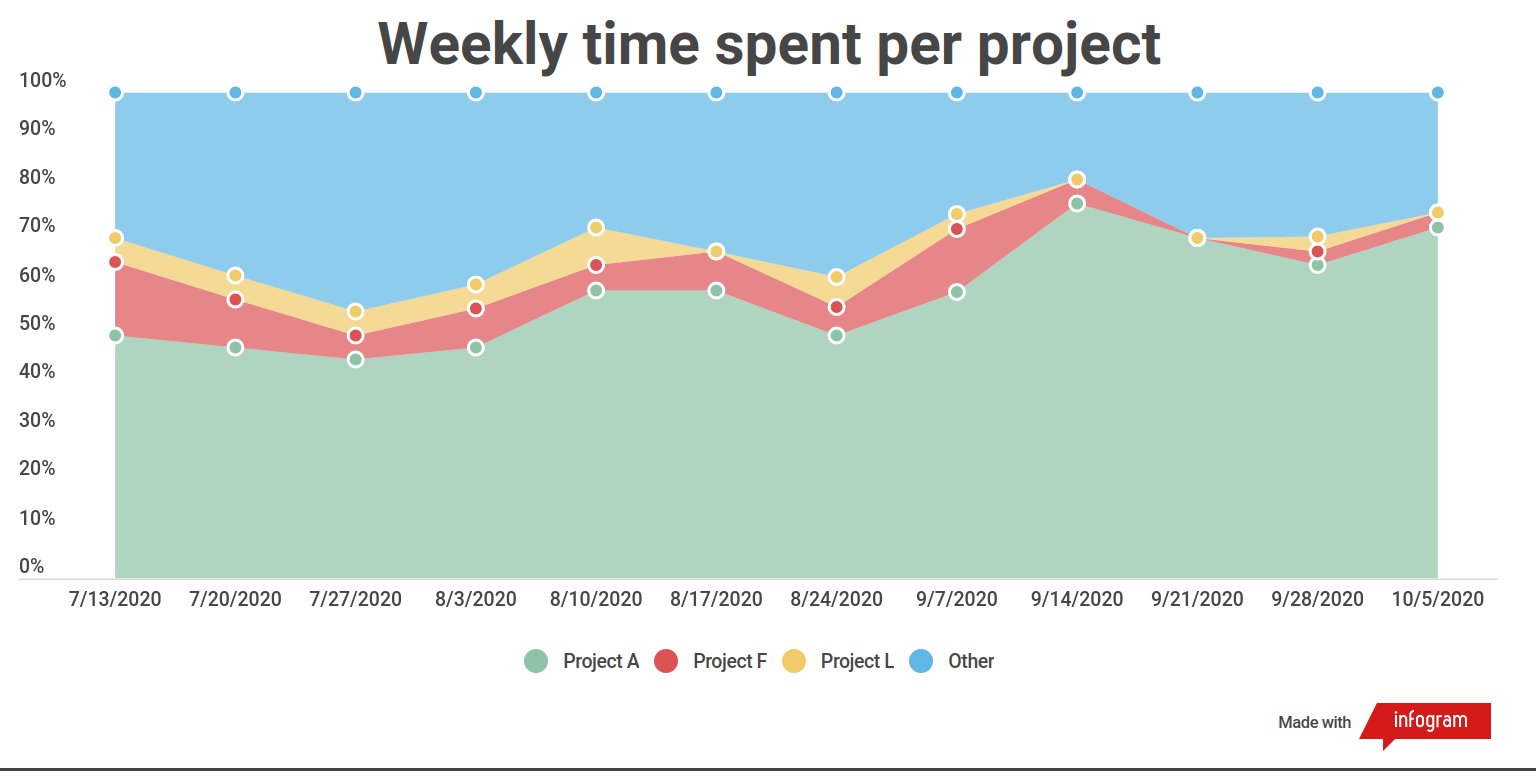How I spent my time in 2020
December 18, 2020
(Adapted from my original Twitter thread)
Today is my last 2020 workday so I’m reflecting a bit on what I did this year, but also about my approach to time management this year and how I attempted to answer for myself that age-old principal engineer question “Why don’t I have any time to do real work???”
Last year in 2019 (see this post), I broke down how I spent my time into buckets of “types” of work like technical work, project management work, etc. That process helped me a lot to visualize some areas where I needed to better balance across categories of work.
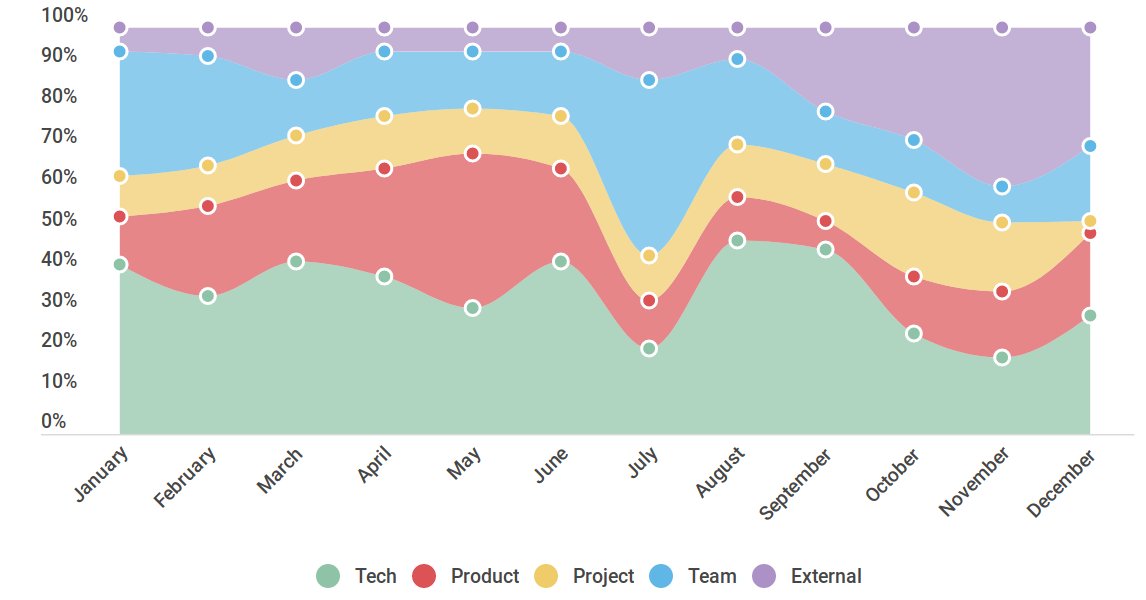
This year in 2020, I had a different balancing act of working across a few different projects. I constantly felt like I wasn’t getting to spend enough time on the right projects, but I couldn’t figure out where all my time was going. To figure it out, I started doing very simple time journaling for five minutes at the end of each week, estimating how much time I spent on each project and lumping everything else I spent time on into an “Other” category.
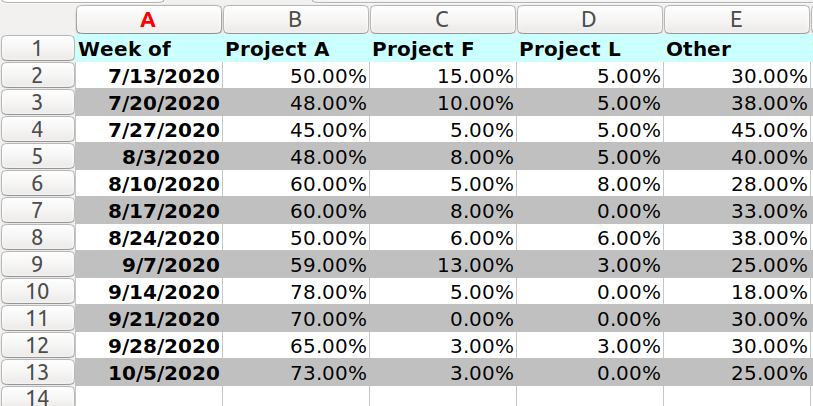
After only a few weeks of writing down how I actually spent my time, I was able to see exactly how far off I was in reality from how I thought I was spending my time (“Estimated” below) and how far off I was from my goals for how I wanted to allocate my time (“Planned” below).
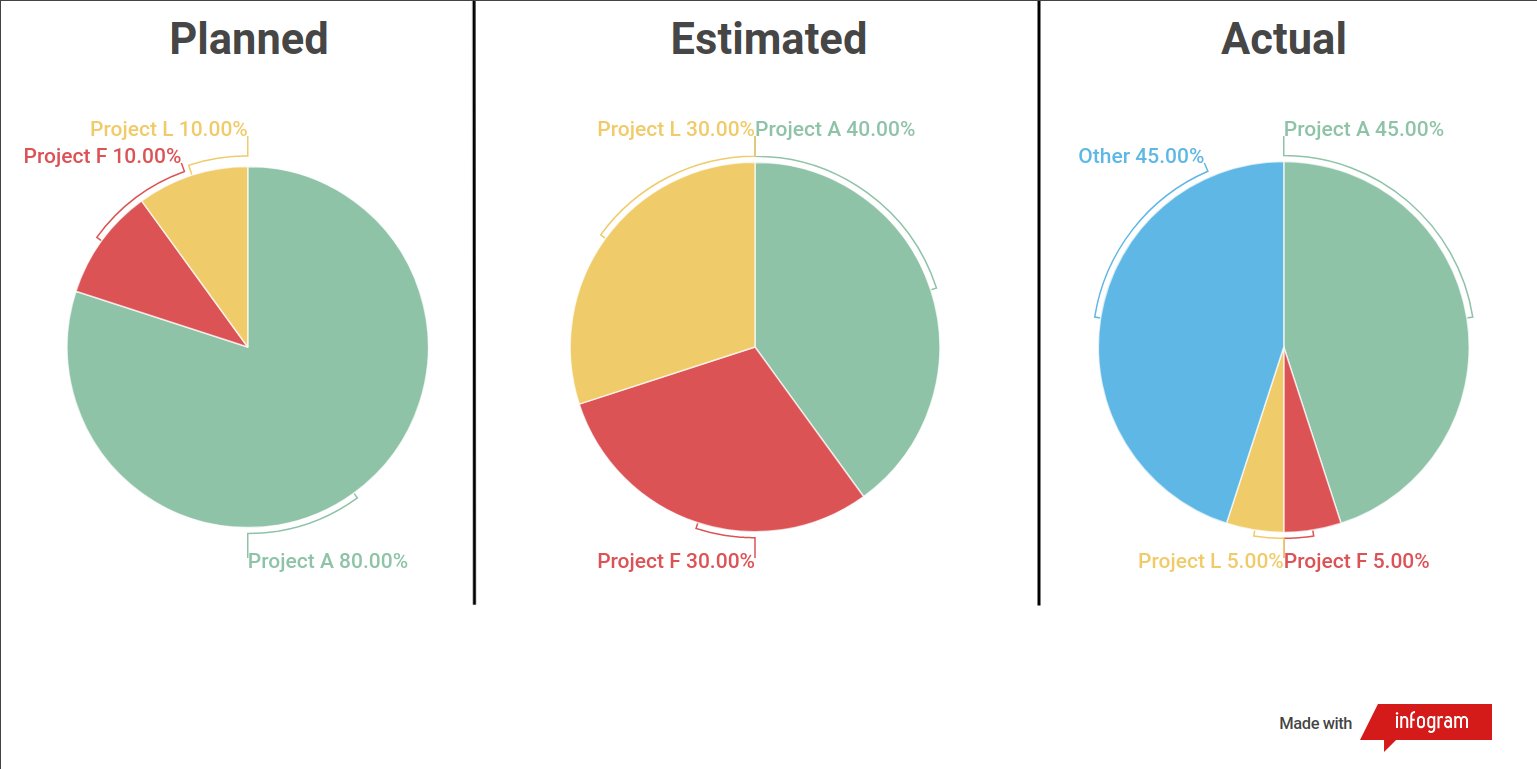
All my time was going to the Other category! “Other” is any non-project things like design reviews for other teams, org planning & talent reviews, interviews, mentoring, etc. These are all very important things! But the sum time I spent on this bucket had crept up over time without me realizing it and was eating into time I needed to spend on my main projects.
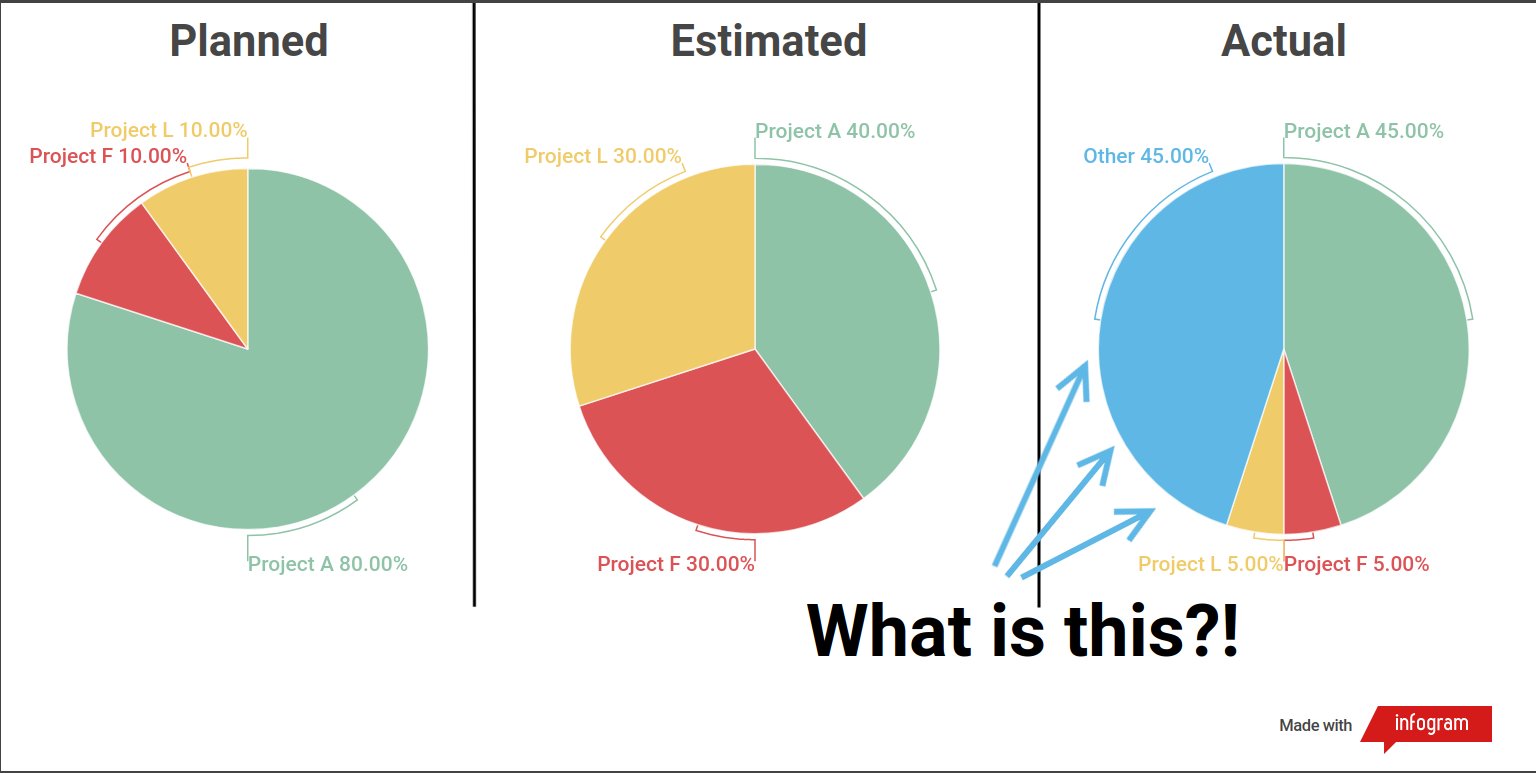
I set a goal to get the “Other” bucket down to about 30% of my time. That number lets me continue to spend time on the important stuff in that bucket, but also forces me to keep it high value/impact and not say yes all the time. Personally, I found that setting “quotas” for myself on “Other” category activities was most effective in reclaiming my time back for project work. For example, I set quotas like a maximum of one interview per week and a maximum number of hours spent in one-on-ones per month. I then felt more comfortable saying “no” to interview requests (“Sorry, I already have one scheduled for that week”) and reducing the frequency and length of one-on-ones (weekly down to monthly, monthly down to quarterly, one hour long down to 30 minutes).
I liked that by visualizing my time management this way this year, it was easy to see where I needed to take action and re-prioritize. I only journaled my time for ~12 weeks and immediately started seeing some improvement through knowing exactly where I needed to re-balance to spend time where I was most needed.
